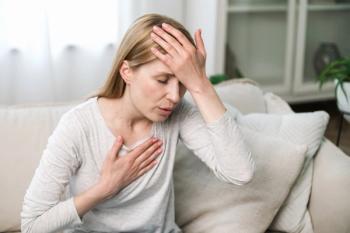
Hurricane Sandy Leads to Lingering Health Concerns
Along with dozens of deaths, tremendous property damage, and loss of power for millions, the massive storm has left behind a slew of health risks.
Along with dozens of deaths, tremendous property damage, and loss of power for millions, the massive storm has left behind a slew of health risks.
Hurricane Sandy has taken a tremendous toll in terms of loss of life and property damage. As of Thursday, November 1, 2012, the massive storm had been blamed for 95 deaths in the United States and Canada, including 40 deaths in New York City alone. In addition, for the millions of people throughout the Northeast who have experienced power outages and flooding as a result of the storm, a number of health hazards remain.
Toxic Floodwaters
In areas that are still flooded, floodwaters pose the most immediate health threat. As a
Medical Conditions
In an online
Food Poisoning
Once the power goes out, food in the refrigerator or freezer begins to slowly spoil. Food in the refrigerator generally stays cold for about 4 to 6 hours without power, while food in the freezer is generally safe to eat for 24 to 48 hours without power. After these time limits, food should be thrown out.
Generators and Carbon Monoxide Poisoning
Extreme caution should be exercised when using generators to provide backup power during outages. They must be used outdoors, away from windows, and in a well-ventilated area to prevent the risk of carbon monoxide poisoning. (Carbon monoxide is a colorless, odorless gas that can cause asphyxiation and death if inhaled.) As of Friday, November 2, 2012, at least
A
Mold
Houses and buildings that have been flooded are prone to mold growth, which can pose a significant health risk,
To prevent mold growth, it is important to clean and dry a building within 24 to 48 hours of flooding. All wet items and surfaces should be cleaned with detergent and water and then dried. All porous items that have been wet for more than 48 hours and cannot be thoroughly cleaned and dried should be removed. (Such items may include carpeting, carpet padding, upholstery, wallpaper, drywall, floor and ceiling tiles, insulation material, clothing, leather, paper, wood, and food.)
Role of Pharmacy
Pharmacies throughout the affected area are working to serve customers while struggling with flooding, power outages, and property damage. To find a pharmacy in their area that is open, pharmacy customers can go to
Newsletter
Stay informed on drug updates, treatment guidelines, and pharmacy practice trends—subscribe to Pharmacy Times for weekly clinical insights.


















































































































































































































